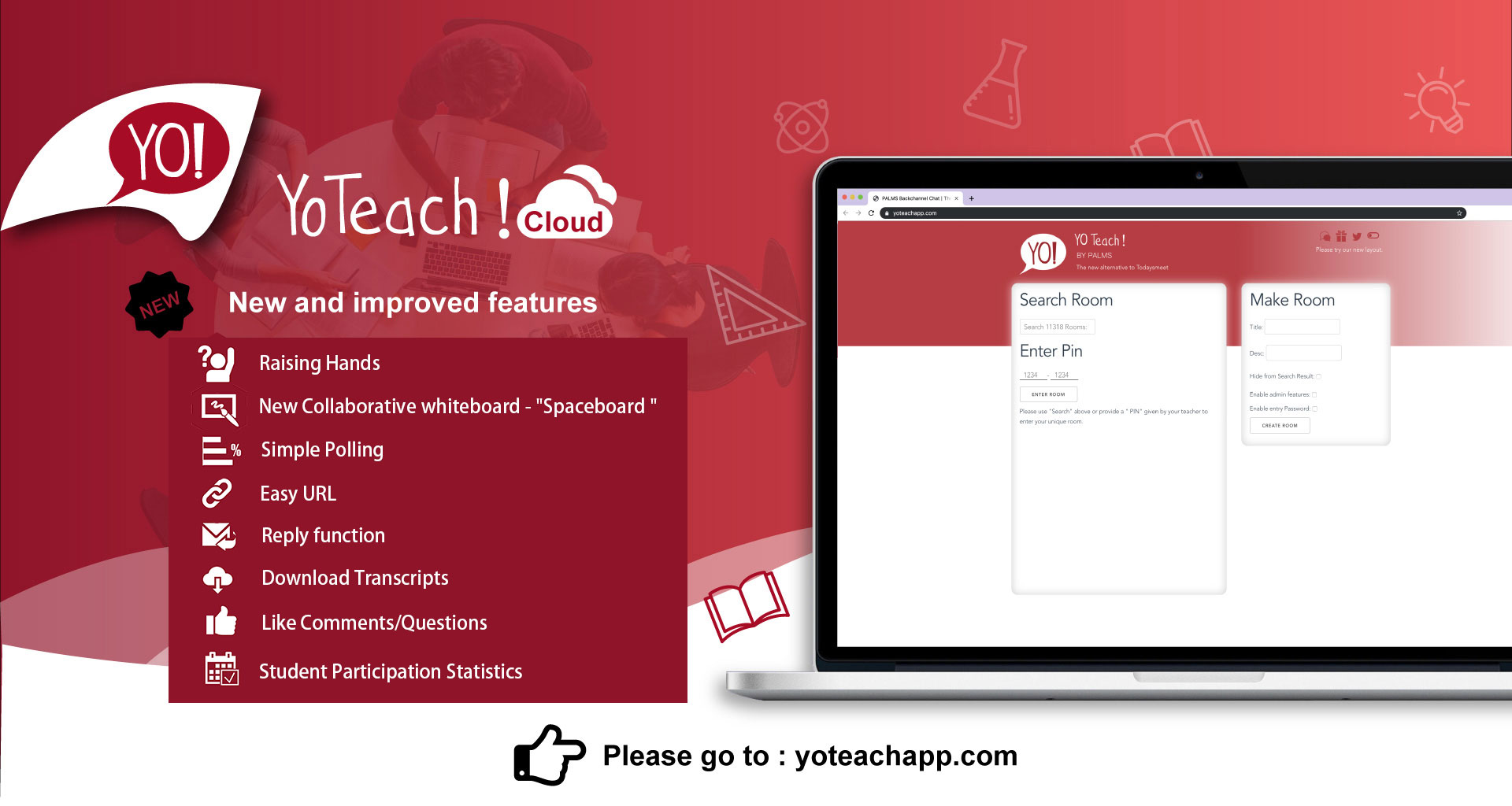
In a world filled with complexities and uncertainties, setting a clear intention for the year ahead can serve as a guiding light for both personal and professional growth. For me, 2024 is all about one word: “Spark.” This word encapsulates the energy, inspiration, and creativity I intend to bring into various aspects of my life, including my career in education, leadership, resource development, edtech, travel, health, and fitness.
Contextualizing “Spark” in Education and Leadership
As an educator and leader, “Spark” takes on a unique significance. It’s about kindling the flames of curiosity and enthusiasm in my students, sparking their love for learning. I plan to infuse my lessons with innovative teaching methods and dynamic leadership approaches that ignite the spark of potential in both my students and colleagues.
- Daily: Start each day with a “spark” mantra to remind myself of the impact I can make in the lives of others.
- Monthly: Host leadership workshops focused on igniting creativity and passion with colleagues.
Sparking Innovation in Resource Development and EdTech
Resource development and educational technology are areas ripe for innovation. “Spark” will be my driving force in identifying and creating valuable resources that can transform learning experiences. Embracing cutting-edge edtech tools and strategies, I aim to spark a revolution in the way education is delivered.
- Daily: Explore emerging edtech solutions and brainstorm ways to implement them in my teaching and resource development projects.
- Monthly: Collaborate with colleagues to develop a new resource or tool that can enhance learning outcomes.
Sparking Adventure in Travel
Travel is not just about visiting new places; it’s about sparking a sense of adventure and exploration. My #OneWord2024, “Spark🎆,” will encourage me to seek out unique destinations and experiences, to step out of my comfort zone, and to ignite a passion for cultural immersion.
- Daily: Research potential travel destinations and plan short weekend getaways.
- Monthly: Commit to exploring a new international destination at least once a year. (Looking forward to France 🇫🇷 and Italy 🇮🇹 in the Spring!)
Nurturing Health and Fitness with a Spark
Health and fitness require dedication and motivation, which “Spark” can provide. It’s about igniting the desire to stay active and make healthier choices, leading to a more fulfilling life.
- Daily: Set aside time for a morning workout or meditation to energize the day. (I’m already committed to 6xweek workouts and a daily gratitude mantra.)
- Monthly: Experiment with new fitness routines or activities to keep the spark alive.
The Spark of Giving Back
Lastly, “Spark” also extends to giving back to the community and making a positive impact on the world. I aim to channel my energy and resources into philanthropic endeavors, igniting hope and change where it’s needed most.
- Daily: Practice acts of kindness and generosity towards others. (I enjoy being a RAKtivist!)
- Monthly: Volunteer for a local charity or contribute to a meaningful cause.
In conclusion, my #OneWord2024, “Spark,” serves as the catalyst for transformation in my personal and professional life. By infusing my daily routines and monthly goals with the spirit of spark, I hope to not only achieve my ambitions but also inspire and uplift those around me. As I embark on this year-long journey, I am excited to see the myriad of possibilities that will unfold, all fueled by the power of a single word – “Spark.”
I have written about many #oneword’s over the years on this blog. Feel free to sift through them with the tag #oneword in the sidebar! And if you have created or shared your #oneword2024, I would enjoy reading about it. Feel free to comment below or share in person.















